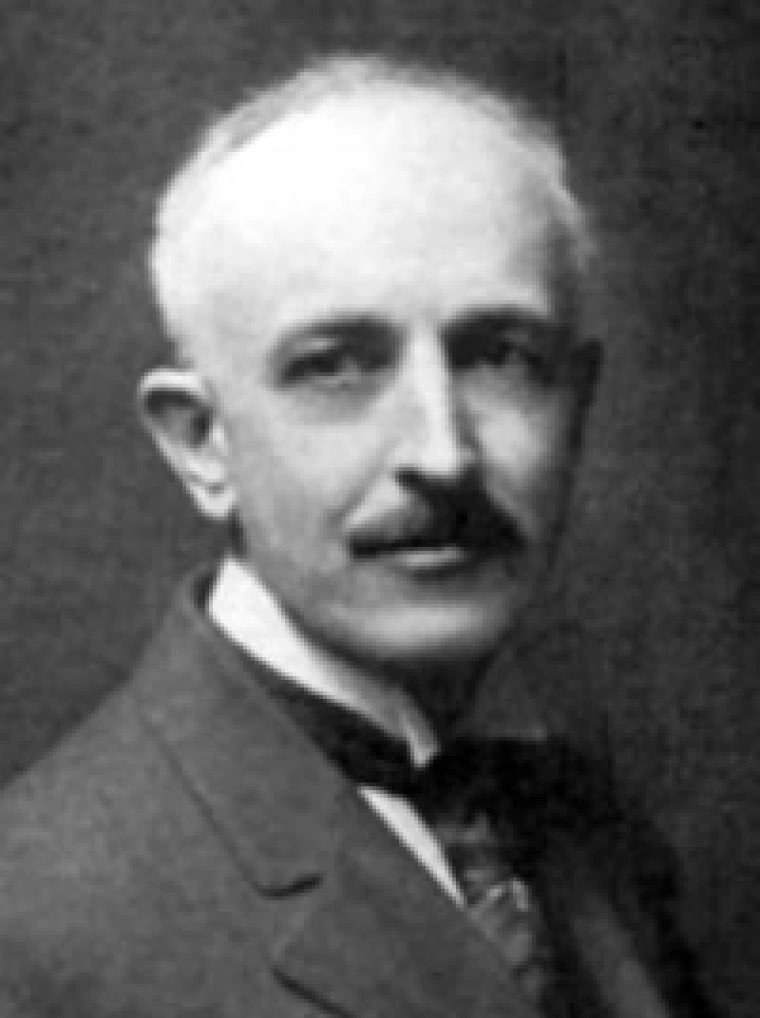Kendric Charles Babcock

Years: 1903-1910
Presidential Order: 5th President
Kendric Charles Babcock, the fifth president of the University of Arizona, came to the UA from the University of California, where he was an assistant professor of history and political science.
Babcock, a native of New York state, completed his undergraduate work at the University of Minnesota in 1899, where he then taught history. From 1894-1896 Babcock attended Harvard University, where he received a master’s degree and doctorate.
Babcock’s presidency began with the first formal inauguration of a president at the University. The ceremony was held at the Tucson Opera House with the governor, the Board of Regents, many state officials and members of the local business community in attendance.
Babcock introduced many new courses and departments and raised entrance standards at the University. He was active in the development of high schools in Arizona so that the University would not be required to continue giving preparatory courses to bring incoming students up to college-level work.
One of his most outstanding appointments was Andrew Ellicott Douglass to teach physics in 1906. Douglass went on to establish the department of astronomy and founded dendochronology, the science of tree-ring dating.
During Babcock’s tenure the campus improved in appearance, although he was supportive of keeping an unsightly fence around the campus to keep out wandering cows and other animals. New buildings were constructed during his presidency, including the library and museum building as well as Science Hall.
One of the most remembered events of Babcock’s presidency was the St. Patrick’s Day Strike. Students had petitioned the president to cancel classes for St. Patrick’s Day. The president wrote on the petition in green ink, “I may be ‘green’ but not so ‘green’ as this.” Students did not seem to appreciate their president’s sense of humor and proceeded to march downtown and give themselves a holiday. The leaders of the student march were punished with extra drills, and two future prominent Tucsonans, Monte Mansfield and Harold Steinfeld, were put to work laying bricks.
Babcock resigned in 1910 to take a position with the U.S. Bureau of Education. He later served as dean and provost at the University of Illinois. He died in Illinois in 1932.

